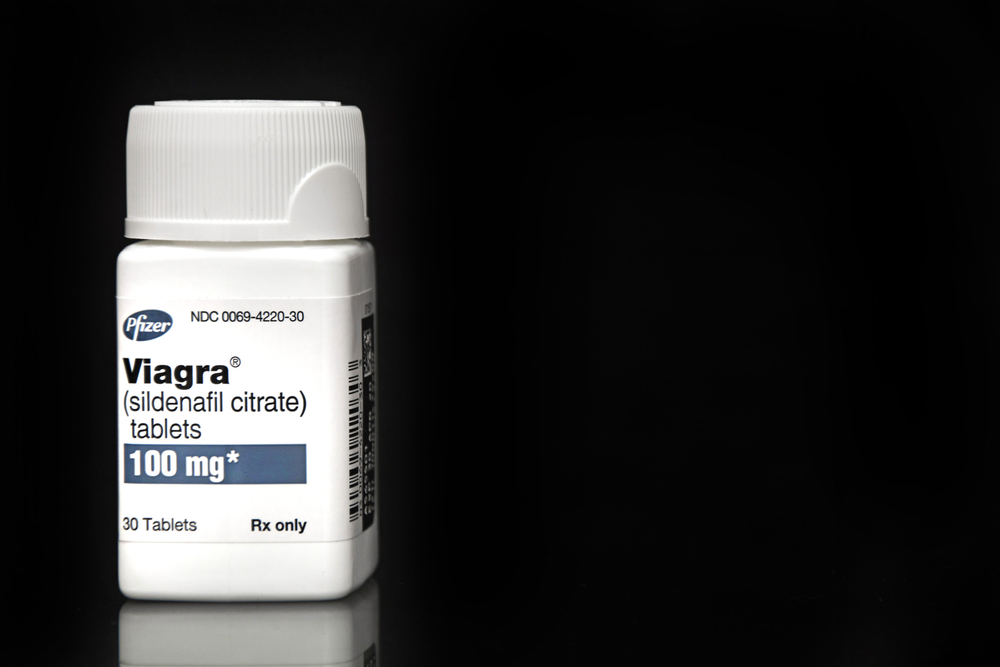The fountain of youth continues to elude mankind. But who needs the fountain of youth when a little blue pill can be the elixir that makes — albeit fleetingly — virility stand on its feet again? Twenty-two years ago, the Food and Drug Administration of the United States of America had approved the commercial use of Viagra as an oral medication to treat impotence on this very day. It was not only the real world that stood erect and took notice. Viagra had given fiction a rush of excitement as well.
Literature had its share of limp characters before the arrival of the blue — not blonde — bomber. Even though impotence was not something openly written about, there was little doubt that wild oats were in short supply to be sown by a long line of middle-aged fictional characters. Think, for instance, of the grim Dickensian husbands, who, much to their consternation, were unable to impregnate their wives. Sir Leicester Dedlock, for instance, could not quite get his wife to conceive in spite of his best efforts. Worse, Lady Dedlock’s illegitimate child was no doubt a thorny reminder of his futile romps. The Dickensian list of flaccid gentlemen would not be complete without Paul Dombey in Dombey and Son, Middlemarch’s Edward Casaubon — his antiquity may have tested even Viagra’s potency — and Josiah Bounderby in Hard Times.
Dickens was not the only writer contemplating the attendant problems of middle age. Anthony Trollope seems to have had similar concerns. In An Old Man’s Love, the antiquated William Whittlestaff — could his name have been more telling? — falls for a slip of a girl only to realize that his pencil — if the readers pardon my metaphor — had run out of lead. Even the bard claimed that the “heyday in the blood” should be tame by the time one reaches the age of Claudius and Gertrude and has Prospero break off his staff (only symbolically, thankfully) before choosing a monk’s life.
But come 1998, the river of youth suddenly poured into the veins of fictional heroes. Man in Full — again an illuminating title — was perhaps the first novel powered by Viagra. Written by the 70-year-old Tom Wolfe, it created Charlie Cropper, who turns 60 in the novel and never lets his wife forget “what a sturdy cord — no, what a veritable cable — connected him to the rude animal vitality of his youth” all because of the storm that had been raised by Viagra the same year. In 2000, a 67-year-old Philip Roth wrote The Human Stain, where a 71-year-old Coleman Silk says, “Without Viagra I would have the dignity of an old gentleman free from desire who behaves correctly... Thanks to Viagra I’ve come to understand Zeus’s amorous transformations.” Silk had it right when he compared Viagra to La Belle Dame sans Merci — like the Keatsian enchantress, men across the divisions of reality and fiction succumb to its spell.










